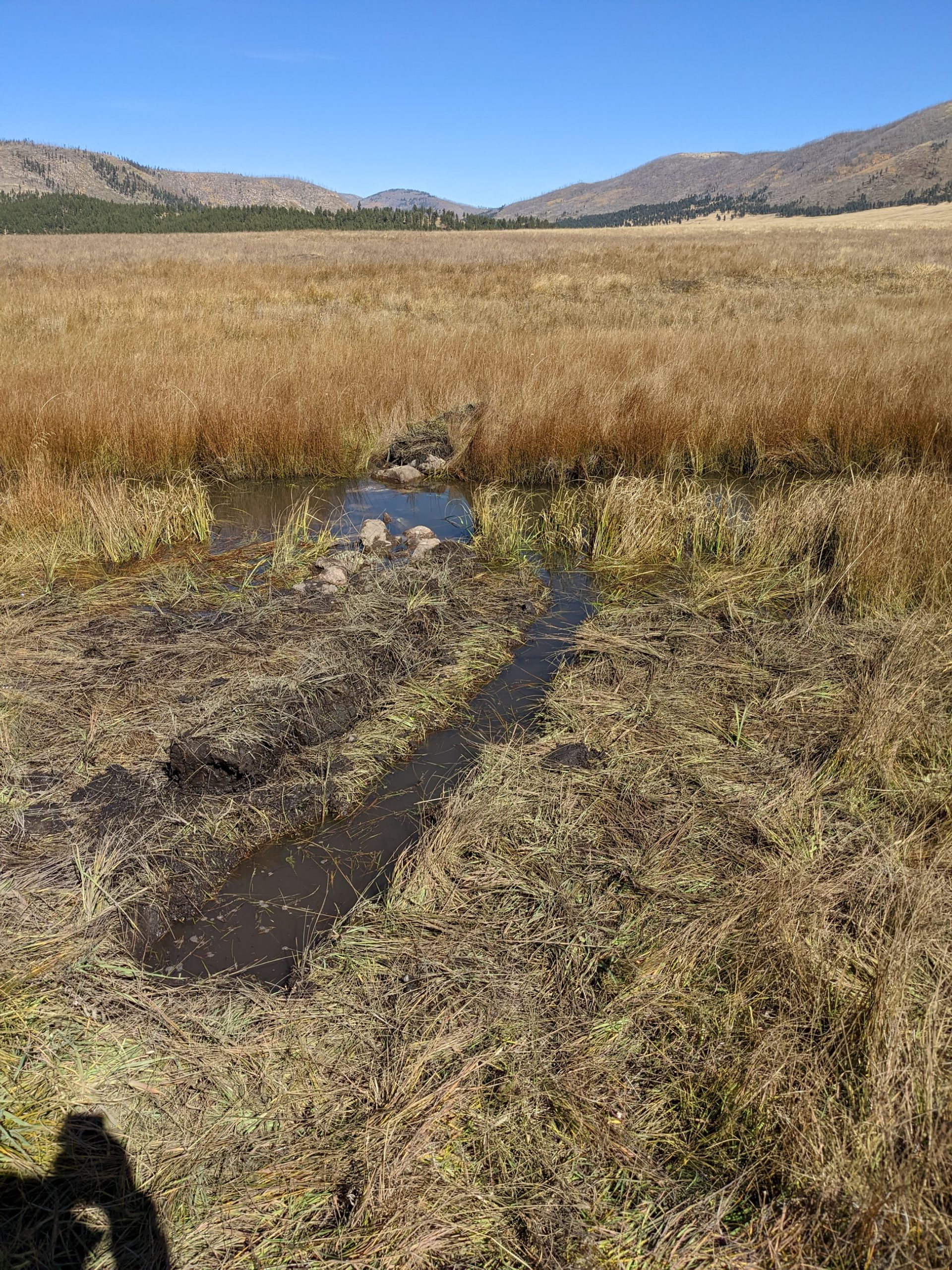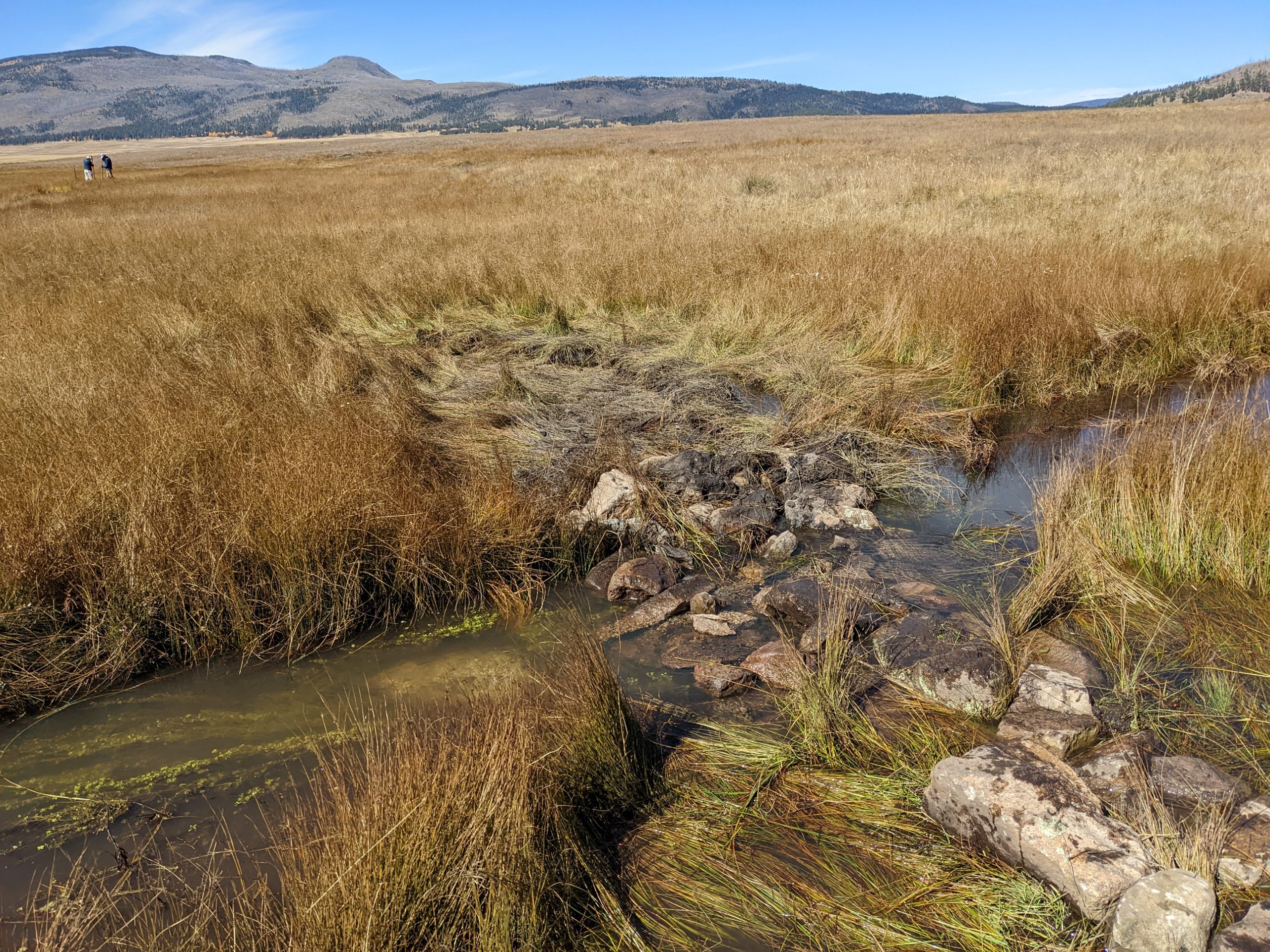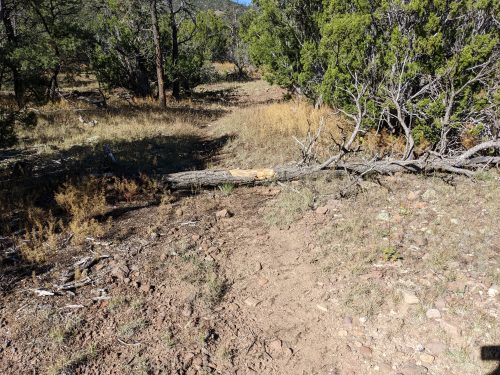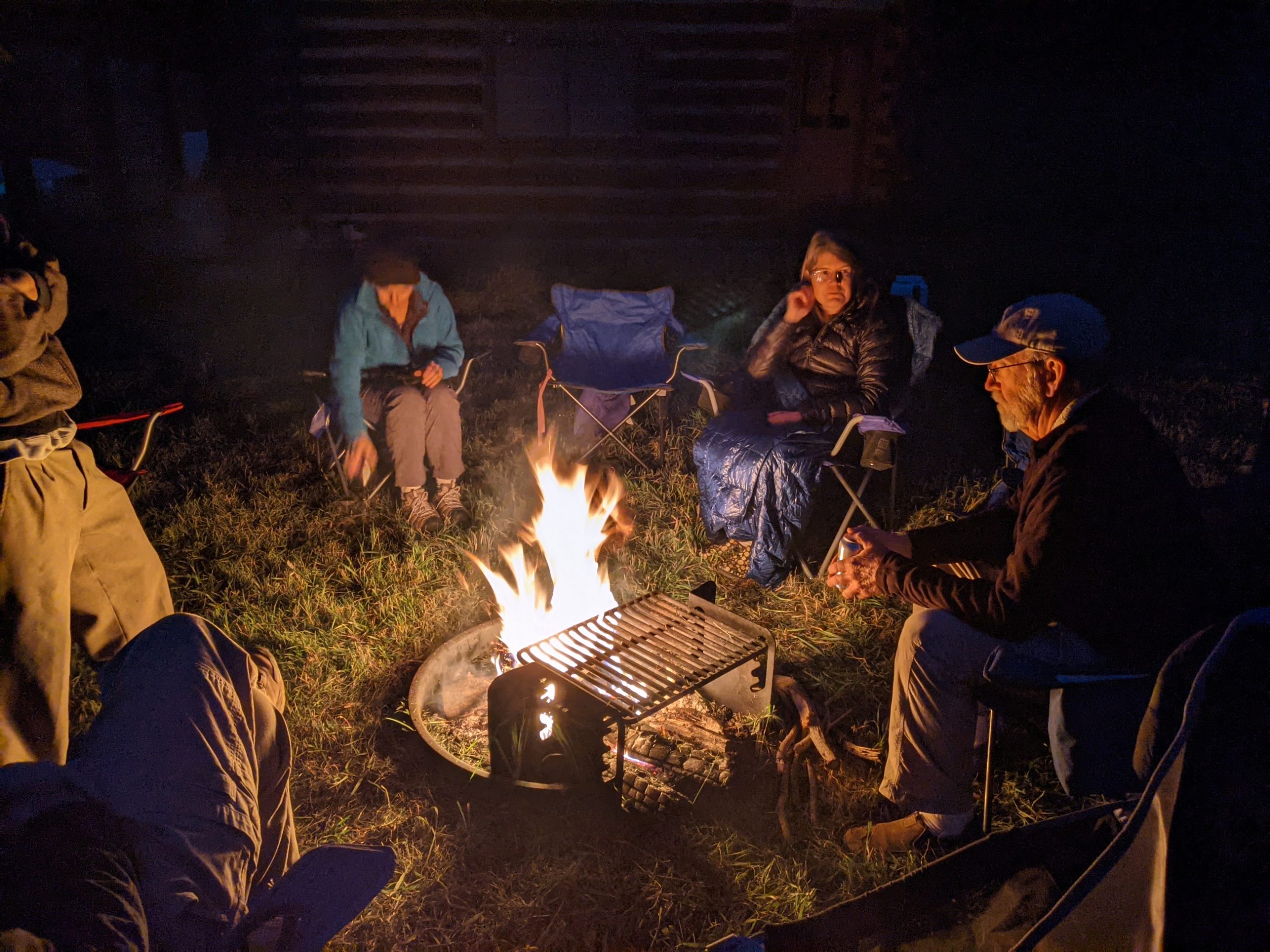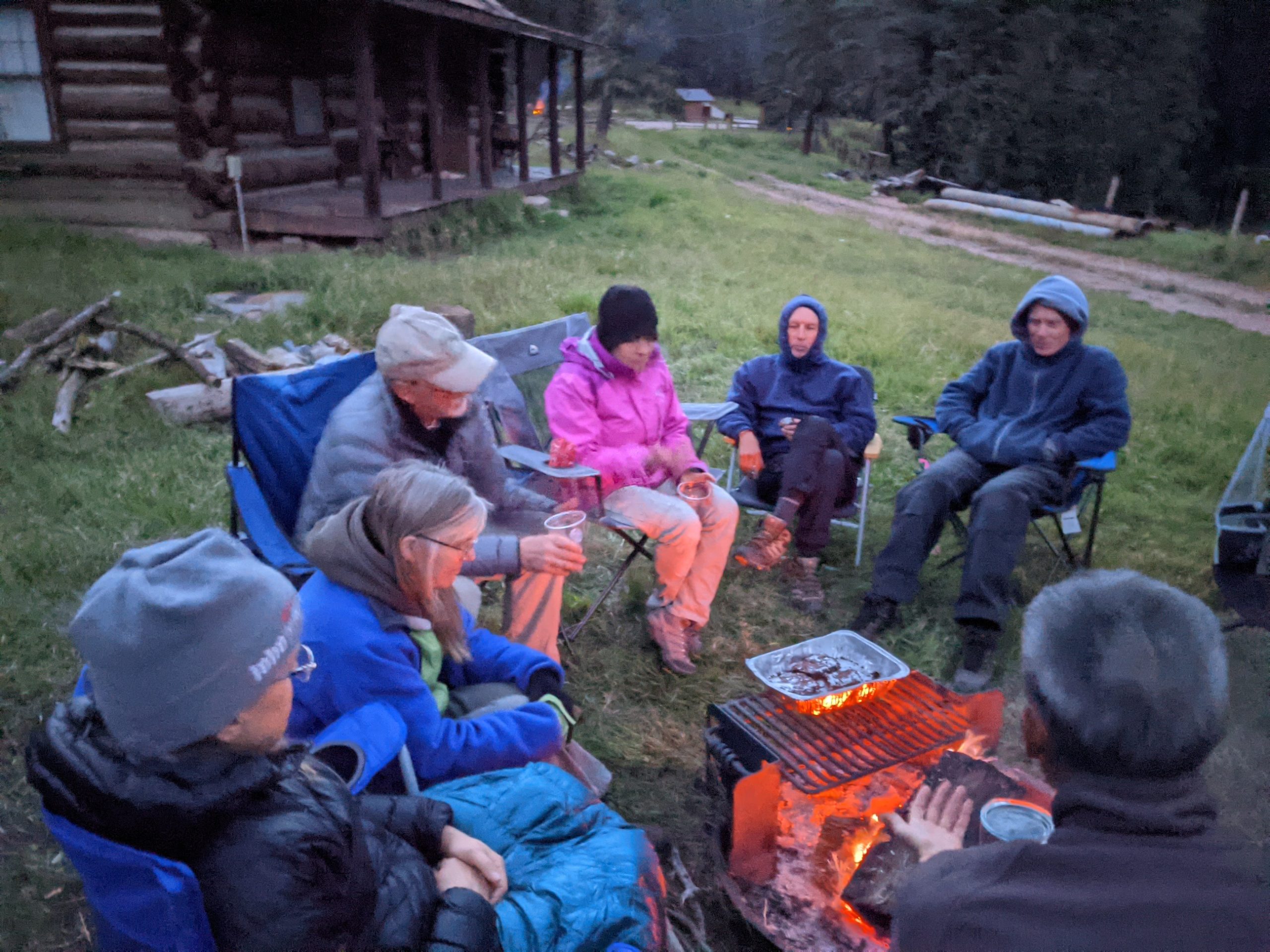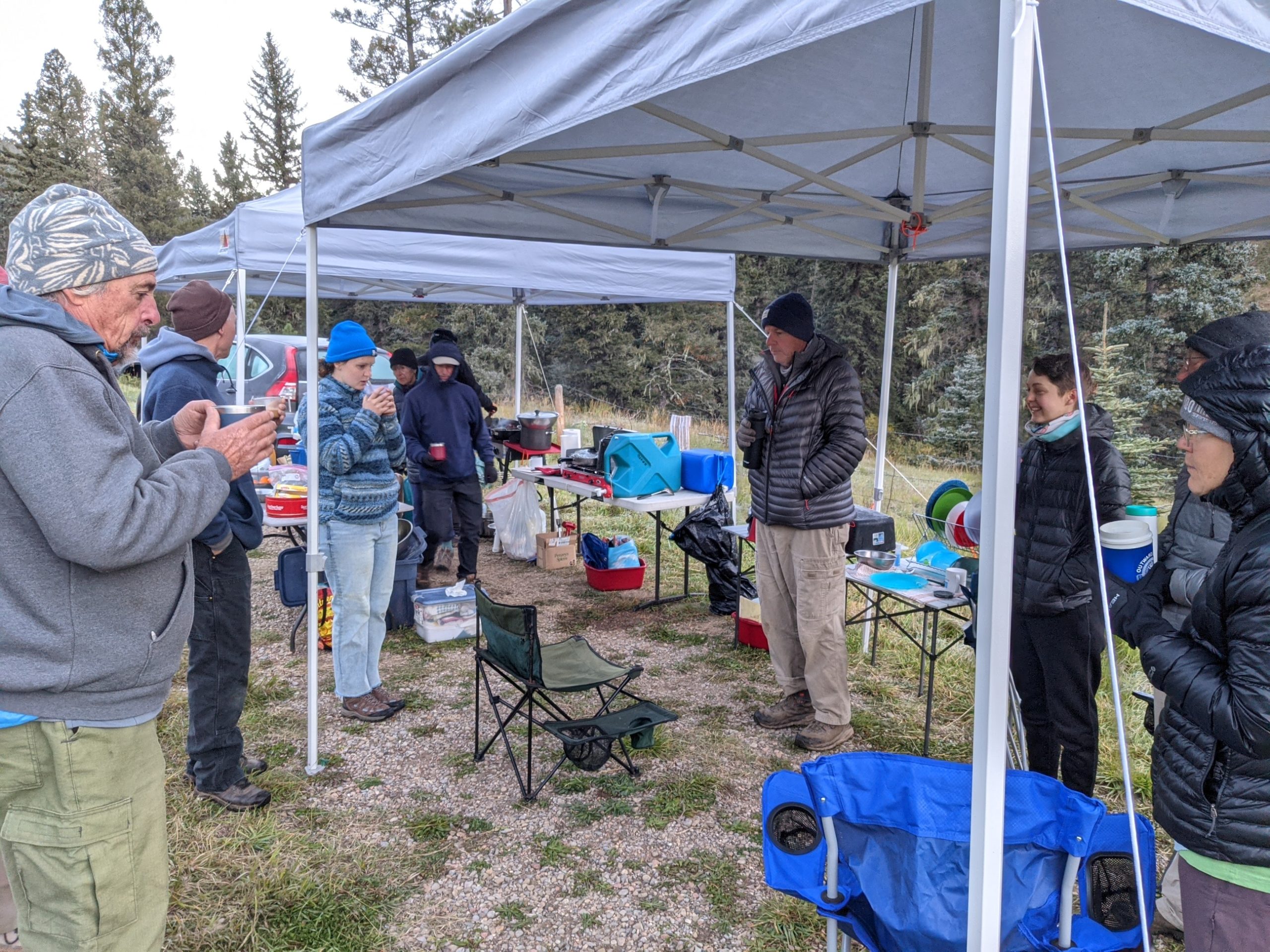16 NMVFO volunteers worked on a one-day project with a wetlands contractor, Steve, to build rock and sod structures for a water restoration project in the headwaters of the East Fork of the Jemez River in the Valles Caldera National Preserve.
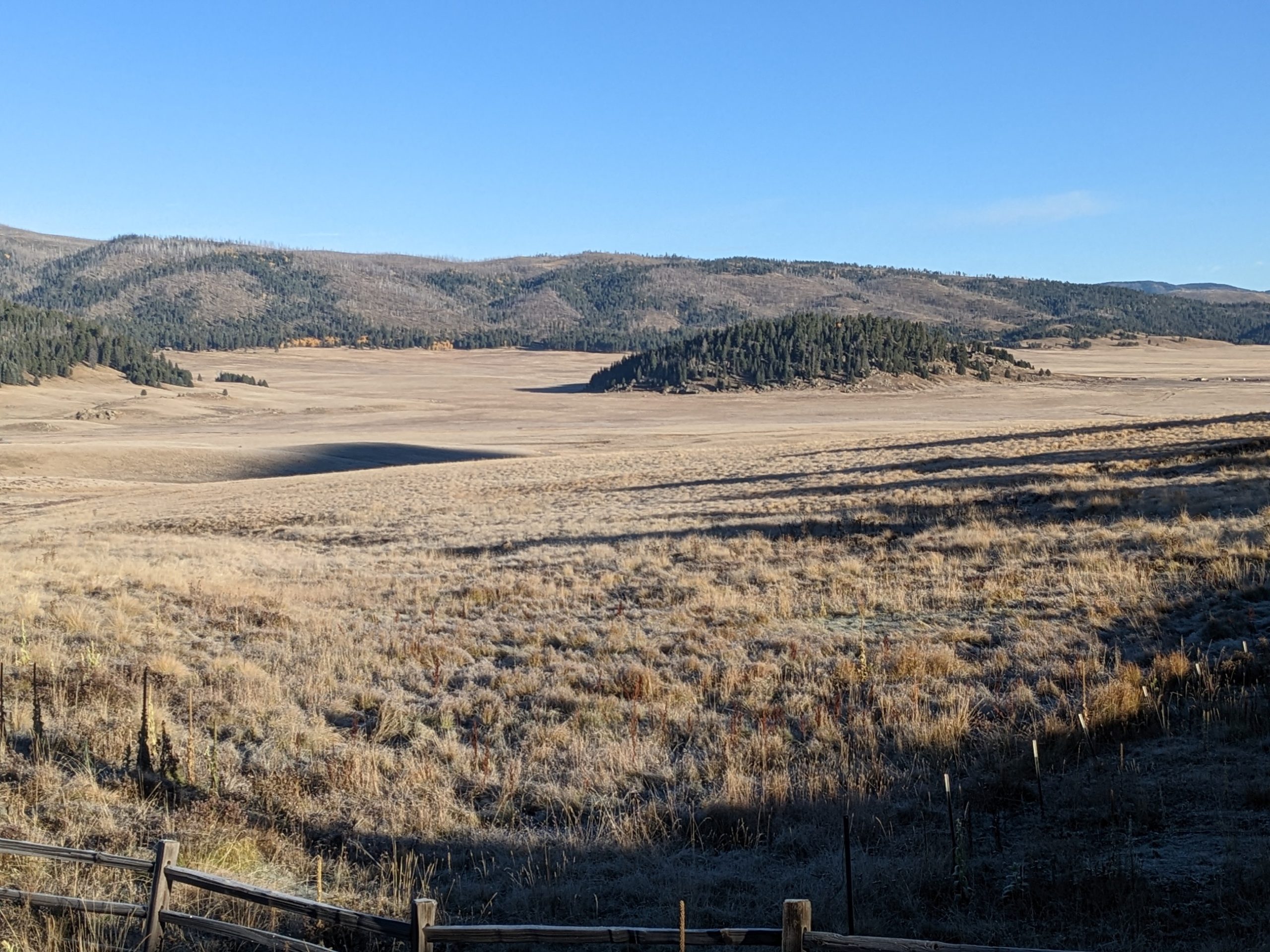
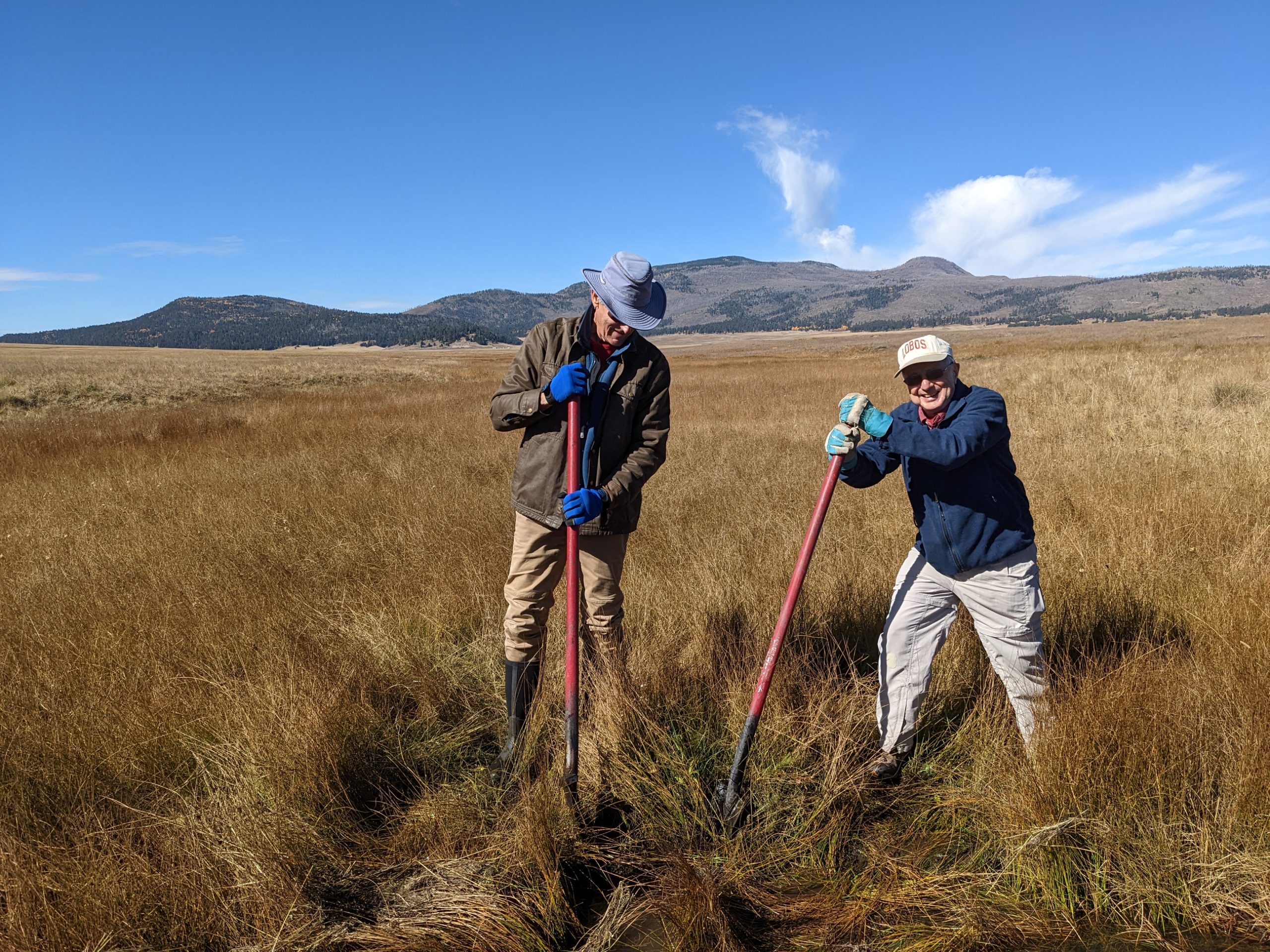
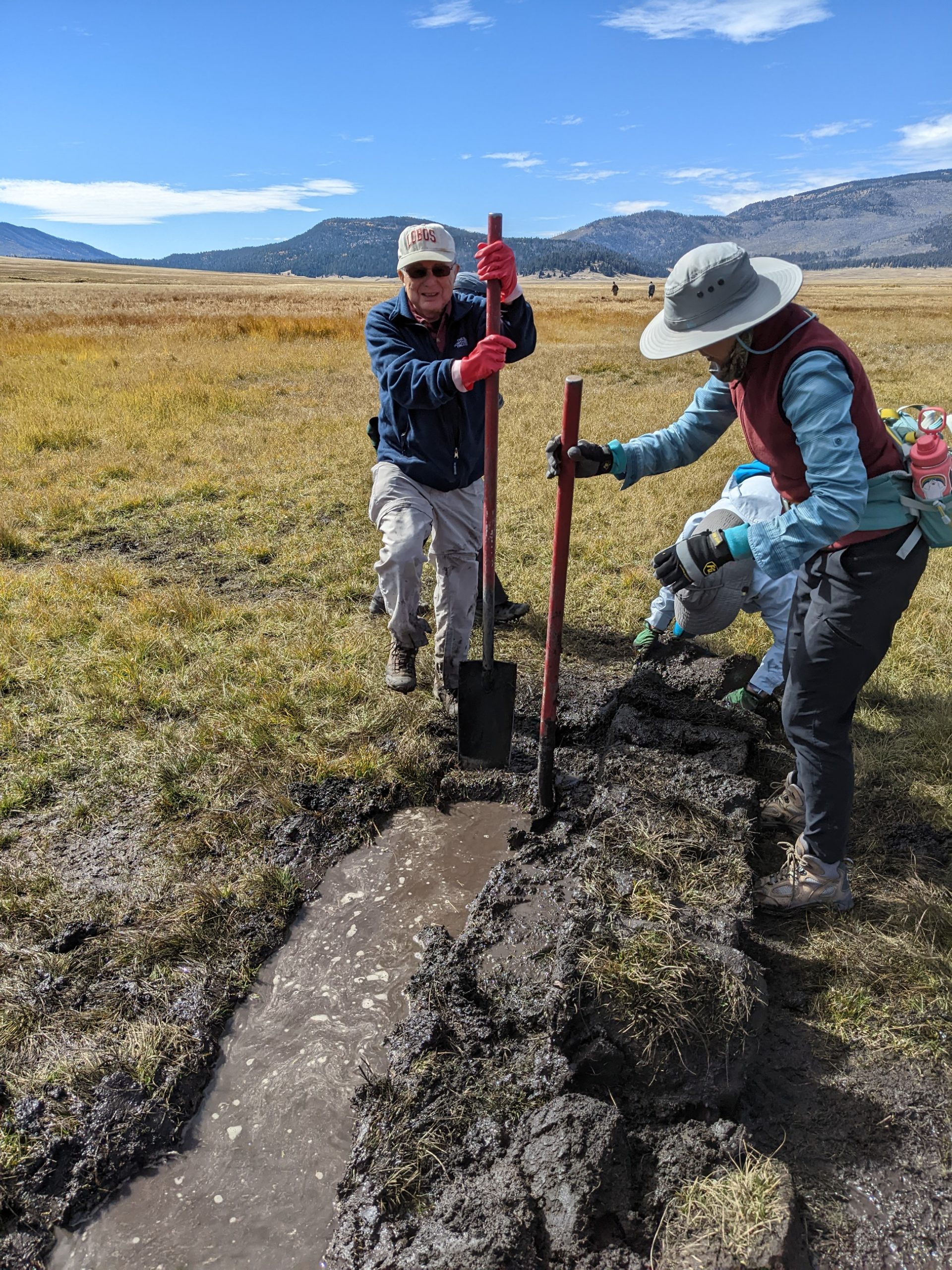
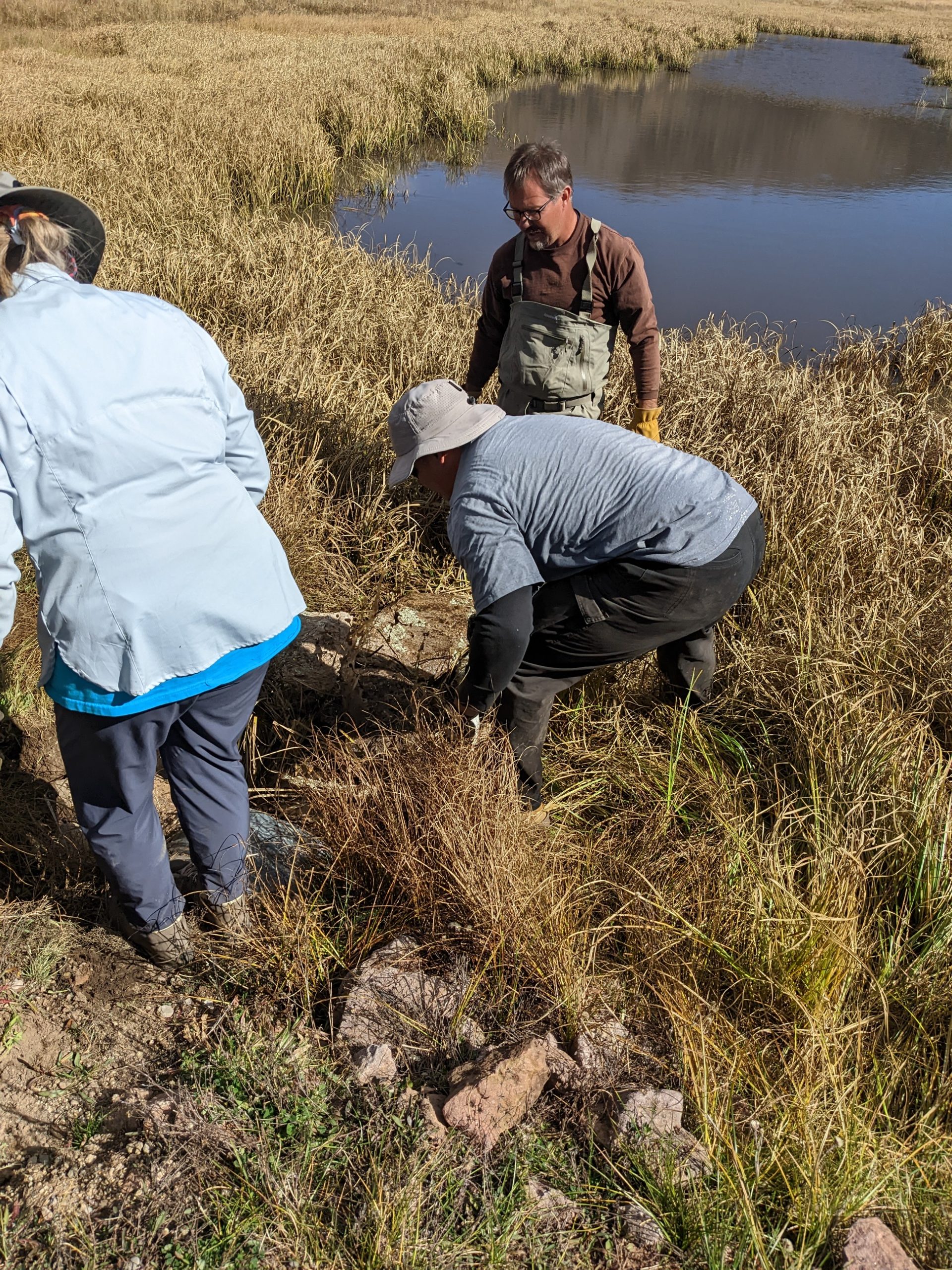
As we worked, our leader instructed us on how the dams and swells we were building will make water channels wind back-and-forth more, and avoid deep channels forming too early, allowing wide shallow water flow in the headwater area.
